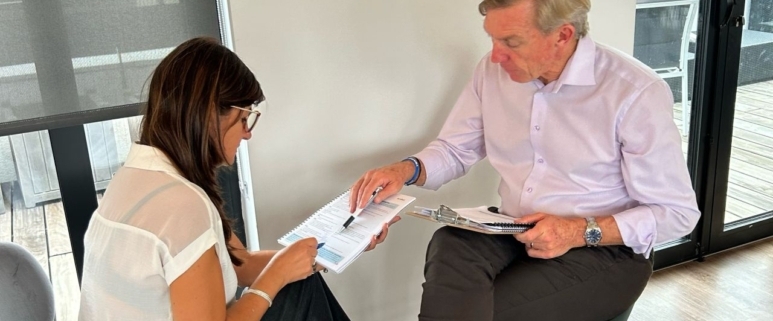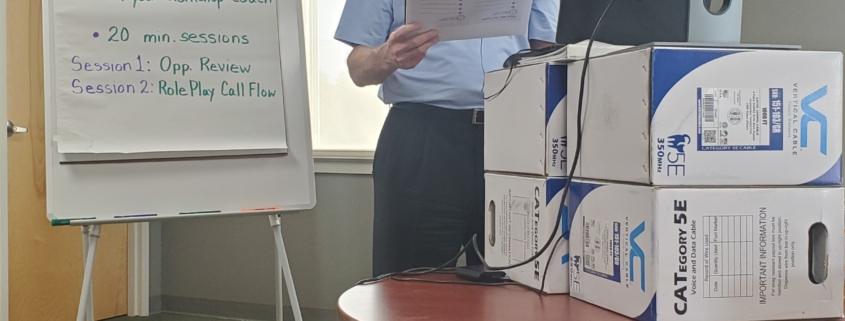 August 12, 2025
August 12, 2025
Establishing the right environment for coaching is as important as the actual coaching exercise. In my early sales career, some of the best information I received from my sales managers came after hours in ad hoc conversations on how to best position an opportunity or attack the competition, which helped me establish winning behaviors and habits.
Sales Manager Responsibilities
Sales managers have many responsibilities. Although the buyer/seller engagement gets most of the attention, the second most important relationship is between the seller and his or her manager. Do the sales management behaviors you have in place put you in the back or front position in line? Are you proactively leading from the front of the line, or trying to push your team from the back? Which position would be the most advantageous for you and your team?
In many organizations, sales managers take pride in the fact that they are “behind” their team. They take pride in being available whenever they are needed to come in and close a deal, discuss what went wrong after a loss, and check-in on progress throughout the sales cycle. These are examples of pushing from the back of the line. However, being at the front of the line is much more beneficial to both managers and their direct reports. How do you ensure you’re leading from the front of the line? Consider these four must-dos:
1. Manage Expectations – This concept is the polar opposite of figuring out what went wrong after losing a sale. Clearly defined sales process expectations are valuable in winning a sale. Ken Blanchard, author of the “One Minute Manager” makes the following statement: “As a manager, I’ve found that people are amazingly good at meeting my expectations, but only when they understand exactly what those expectations are.” If you set clear expectations for your team at every stage of the sales cycle, they are more likely to plan ahead to achieve a more productive sales engagement, increasing the probability of a win.
2. Review and Plan – This is where accountability comes in. A verbal summary of a conversation between a sales representative and a prospect is only subjective without customer validation. Require a consistent follow up to each sales call which includes a brief written summary of the conversations and clear agreed upon “next steps.” Schedule weekly performance assessments with each member of your team to encourage skill attainment and to address skill deficits.
3. Coach and Confirm – Once skill deficits are uncovered, use the following tips for leading a coaching session:
- Be honest, open, respectful
- Give feedback in private (praise in public)
- Review expectations
- Be specific about deficit components
- Ask for their perspective on deficit and possible causes
- Ask for their ideas for skill fulfillment
- Be prepared with some suggestions
- Determine clear next steps and follow-up
4. Reinforce – Make sure your selling behavior is something worth emulating for all of those in line behind you. Remember the child’s game of “Follow-the-Leader”? Management behavior will reinforce habits that are good or bad. As you lead, they will follow.
Get behind your sales team by doing an “about-face” and leading from the front of the line. Manage expectations, review and plan, coach and confirm, and then reinforce.









